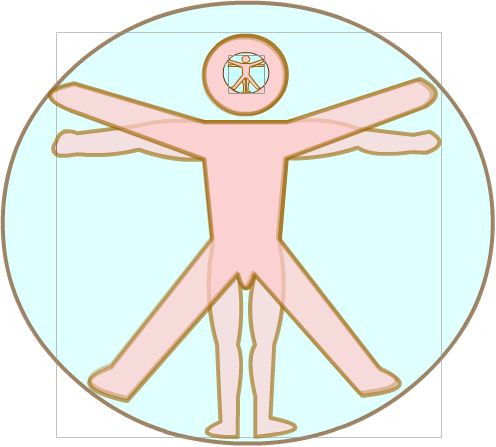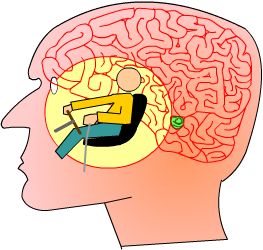Emotion: an instinctive response to environmental situations, that is distinguishable from logic and reason.
Many folks feel that emotions are a throw back to our animal past and therefore, should be suppressed in favor of a logical state of mind. To those that see the human species as the pinnacle of evolution, emotions seem like a primitive mechanism that threatens to pull us down, impeding our progress. Our reptilian brain, favoring primitive behavior if survival is threatened, is a case in point.
Primitive or Fundamental?
Rather than looking at emotions as primitive, there are advantages to thinking of them as fundamental, performing valuable functions at all levels of biological systems. The emotional mechanism is just as important in our “advanced” civilization, as ever, it is the recorded behaviors and their settings that are primitive and need to be updated.
In the individual, emotions manage the state of readiness to meet environmental situations. The source of our emotions is definitely in our subconscious. Environmental situations, real or imagined, cause the release of a flood of chemical messengers, that reset the state of all subsystems, in preparation to react.
Security Alerts
One way to look at emotion is that it is a part of the security system, that instantly alerts Captain Self and the rest of the crew to danger or any situational change. Emotions can switch the state of readiness of the entire organism in a flash. Emotions work in real time, but are also intimately involved with memory and recall. In memory, emotions continue their role as an alert mechanism.
Not only is the emotional state recorded in memory right along with events, it also measures and grades the experience. The type and intensity of the emotion becomes a flag that marks the experience, both for a gauge to its importance and for easier recall. We know that emotional state has a lot to do with how well we remember things. So, the flow of data that our memory processes is categorized, referenced and assigned degree of importance(prioritized) on the fly.
Systems Level Emotions
Besides looking at what emotions do for the individual, we want to understand what function emotions perform for the system. From this vantage point it is immediately apparent that, as well as managing the agent’s internal state of readiness, emotions affect the external world. Emotions are part of the communications network that manages social relationships.
Body Language
In animals we see that emotions are communicated, between individuals and groups, by body language and other visual cues. It appears to be a separate channel of information from vocal exchanges. For example, the tails of dogs and cats project their emotional state to any observer. Barking guard dogs will often be wagging their tails while appearing to be vigorously defending their turf. One end of the dog is yelling, “I’m doing my job”, while the other end is saying, “Take me for a walk.”
For we humans, facial expressions and other body language communicate hidden feelings. No matter what the conscious mind is trying to convey, the subconscious is often projecting a different picture. To whom? The subconscious of other agents.
Color Coded
Throughout the animal kingdom, color is used to broadcast emotional state, especially in mating. From the red rumps of female baboons in heat to the colorful displays of cuttlefish, emotions play an important role in the reproductive process. Displays of fear serve to warn local residents of danger. Emotions serve a survival function for individuals and groups, but go even farther, providing realtime feedback to the higher levels of control, like species and ecosystems.
The Brine Shrimp Massacre
Remember the brine shrimp experiments in Cleve Backster’s lab? Death is a radical change of state for any organism. The traumatic termination of any living thing registers on all local agents, and beyond. The Primary Perception revealed by Backster’s experiments, is the core communicator of agent states to the nonlocal environment. This is fundamental emotion, highlighting, organizing and prioritizing the holographic feedback loops of all living things. How agents feel about what they are doing, is important to the system. The total of all agents states, generates the holoverse, the emotional state of System.
Suppressed Connectivity
Our attempts to suppress our emotions has hampered our ability to communicate with our local environment as well as the System at large. Many folks recognize that the root cause of much of our troubles is our separation from the natural world. We have done it to ourselves.

